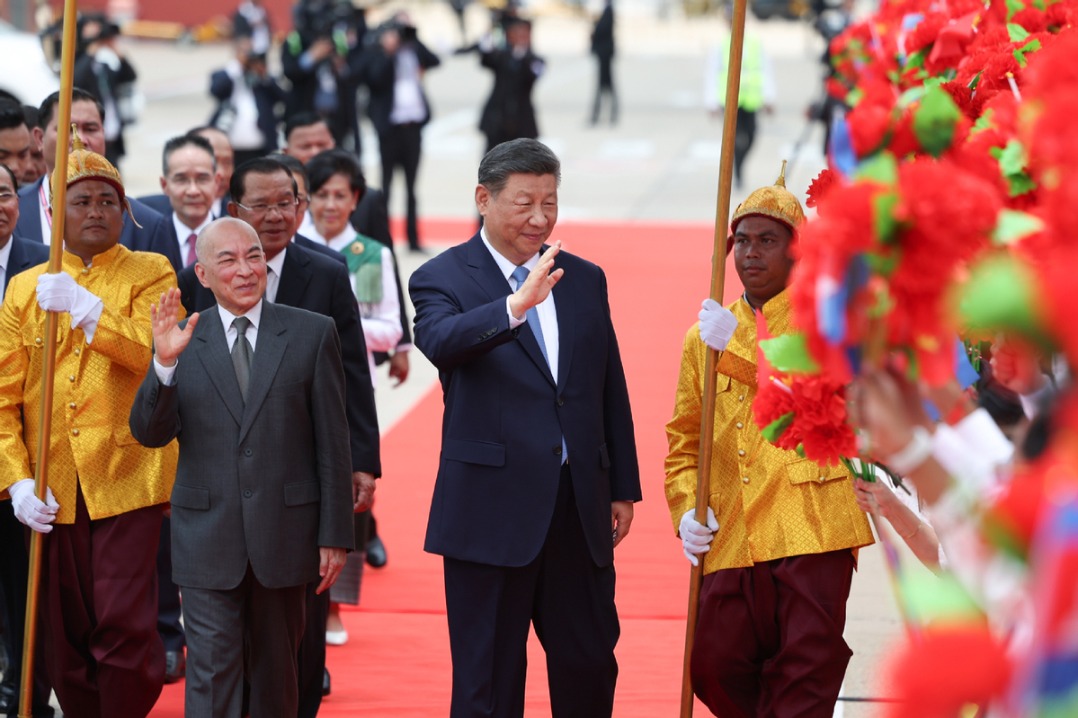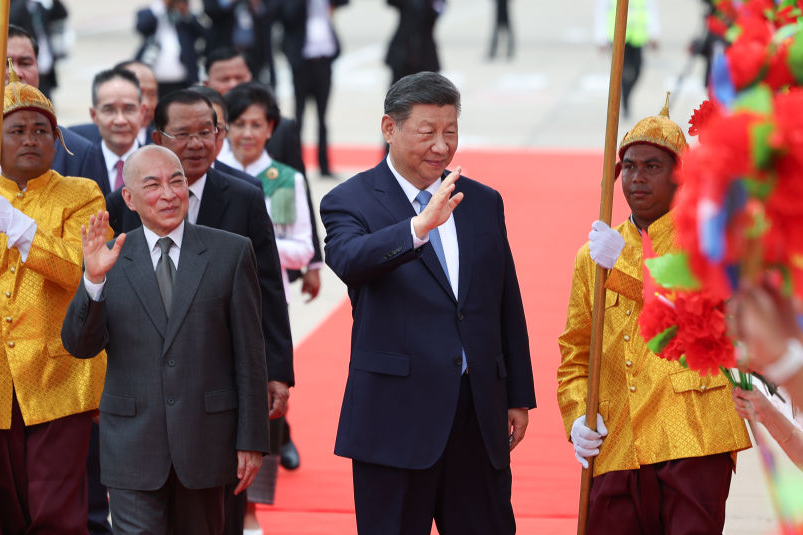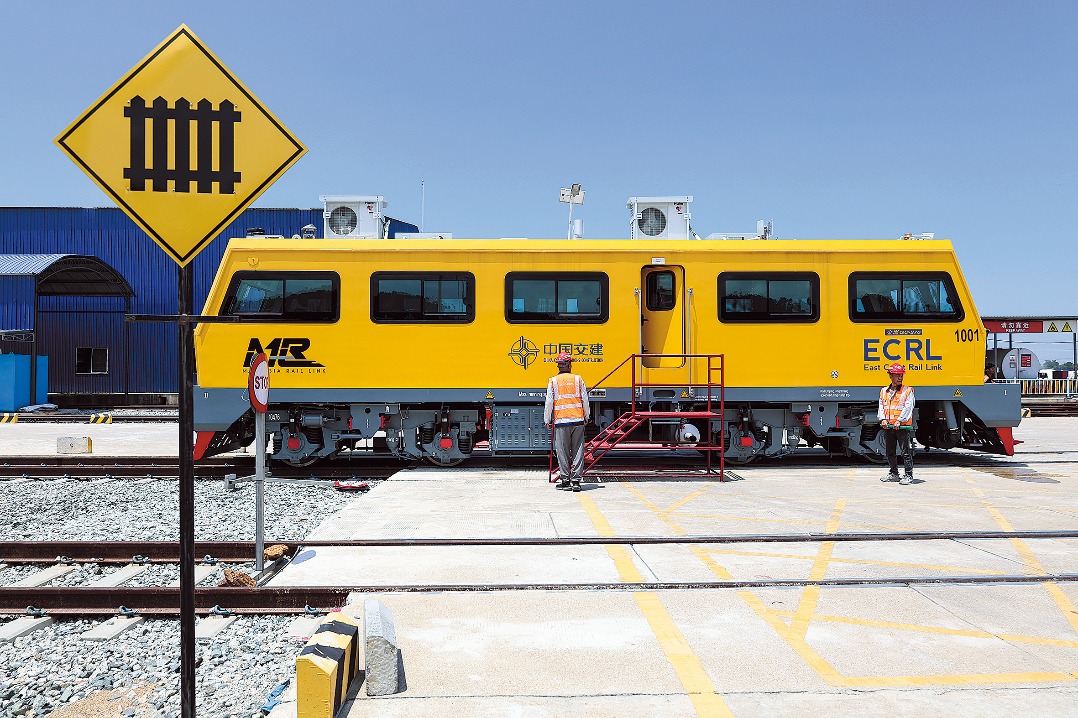Brunei airline caters for growing Chinese visitors with multilingual booking website
Xinhua | Updated: 2019-07-26 09:43
The Royal Brunei Airline (RB), the sultanate's national carrier, hoped to facilitate the growing interest of travellers from China and other East Asian countries into the country.
Its website has recently added simplified and traditional Chinese language options, as well as Korean and Japanese, and will be adding two more languages in due times.
Deputy Minister of Finance and Economy Hj Abdul Manaf said in an interview with Xinhua on Wednesday that the Brunei Tourism Development Department is continuously working with other relevant agencies including RB and travel agents to promote the country as a tourist destination.
"With RB further doing their part in helping to facilitate travellers, including their multilingual website, we hope to see further positive trends in tourist arrivals," he said.
"RB increased connections with destinations in China, South Korea, Japan and other cities, including regional Borneo cities, can also boost tourist arrivals," the deputy minister said.
He noted that at the moment, Brunei major arrivals are coming from East Asian markets and developing a multilingual website is a good move to facilitate visitors from these markets.
"It is true in any business that it is important that we can offer the services in their language. So, we offer Chinese language and also a Korean and Japanese language, and we will be adding two more languages as we go along," RB CEO Karam Chand told Xinhua, adding that RB has also jointly worked with the Brunei Tourism Development Department to revamp their website.
Since 2015 after a record low in 2014, the number of international arrivals through Brunei International Airport has continued to grow.
According to the Brunei Tourism Development Department, the positive growth can be attributed to the high impact of travel demand from markets such as China, South Korea and Japan.
China ranked No. 1 among the top 10 visitor countries in 2018, due to the increase of air connectivity from newly scheduled flights with a 23.6-percent share from a 20.9-percent share in 2017.
























